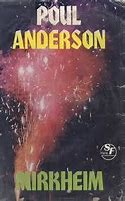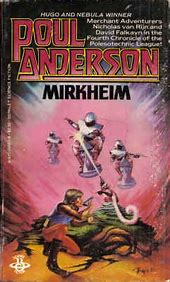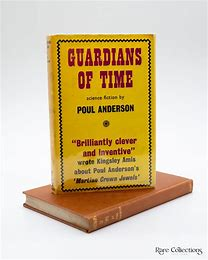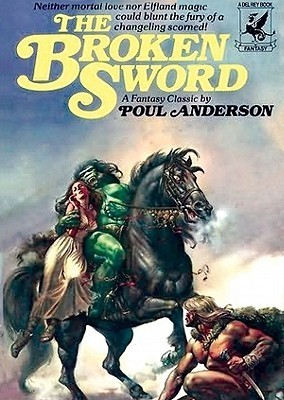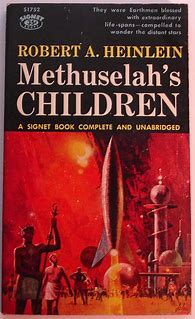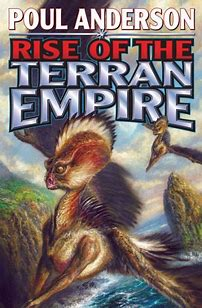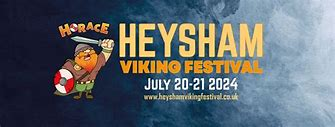Poul Anderson,
Mirkheim IN Anderson,
Rise Of The Terran Empire (Riverdale, NY, March 2011), pp. 1-291,
Prologue, pp. 1-30.
This long and elaborate Prologue is divided into nine sections numbered from Y minus 500,000 to Y minus 1.
Y minus 500,000 describes the supernova with its super-Jovian planet that had been introduced in "Lodestar."
Y minus 28 introduces the sub-Jovian planet, Babur, whose inhabitants, the Baburites, had featured in "Esau."
Babur is visited by Benoni Strang from Hermes which is David Falkayn's home planet. Falkayn was introduced in "The Three-Cornered Wheel" and became a series character.
Both Strang and a Baburite refer not only to the Polesotechnic League but also to the Baburites' encounter with Nicholas van Rijn's Solar Spice & Liquors Company on the planet, Suleiman. This encounter had been the subject-matter of "Esau." Van Rijn first appeared in "Margin of Profit" and became a series character.
Y minus 24 reintroduces Sandra Tamarin, future Grand Duchess of Hermes, who had been with van Rijn on Diomedes in The Man Who Counts. We learn that they have had a son, Eric. This section is our first sight of the planet Hermes.
In Y minus 18, David Falkayn discovers the supermetals-coated planetary core orbiting the former supernova and names it Mirkheim.
In Y minus 12, Strang revisits Babur where he converses in Anglic, League Latin or Siseman, as appropriate.
Y minus 9 reintroduces van Rijn's penthouse on the roof of the Winged Cross in Chicago Integrate which we previously saw in "Esau" and "The Master Key."
Van Rijn converses with his protege, David Falkayn, and with his granddaughter, Coya, who was introduced in "Lodestar," has since married Falkayn and has now joined the trader team which we have seen in action in "Trader Team," "Day of Burning" and Satan's World.
Van Rijn receives a telephone call about the Garver bill. Edward Garver had hassled him in Satan's World and has risen higher since then.
This section also conveys new information about the Solar Commonwealth and the Polesotechnic League.
Y minus 7 introduces Eric Tamarin and reiterates that some League merchants oppress "natives," as already shown in "A Little Knowledge" and "Lodestar."
Y minus 5 imparts more about Strang, this time on a Baburite moon, and his plans for Hermes.
In Y minus 1, a third human being, after Falkayn and van Rijn, finds his way to Mirkheim and this time the public will be informed that this planet is the source of the supermetals sold by the Supermetals company in "Lodestar."
In Chapter VI, Sheldon Wyler refers to the Polesotechnic League's dealings with the Gethfennu criminal organization on Merseia. This was in "Day of Burning."
In this chapter, Falkayn recalls:
"...the splendor of an Ythrian on the wing..." (p. 109)
The Ythrians were introduced in "Wings of Victory" and "The Problem of Pain."
In Chapter VII, Sandra Tamarin in conversation with Eric refers to the fighting on Diomedes - in The Man Who Counts - and reflects on the threat of the Shenna - which had been addressed in Satan's World.
Of the works thus referenced directly or indirectly in Mirkheim, the following are collected in The Earth Book Of Stormgate:
"Wings of Victory"
"The Problem of Pain"
"Margin of Profit"
The Man Who Counts
"Esau"
"Day of Burning"
"A Little Knowledge"
"Lodestar"









